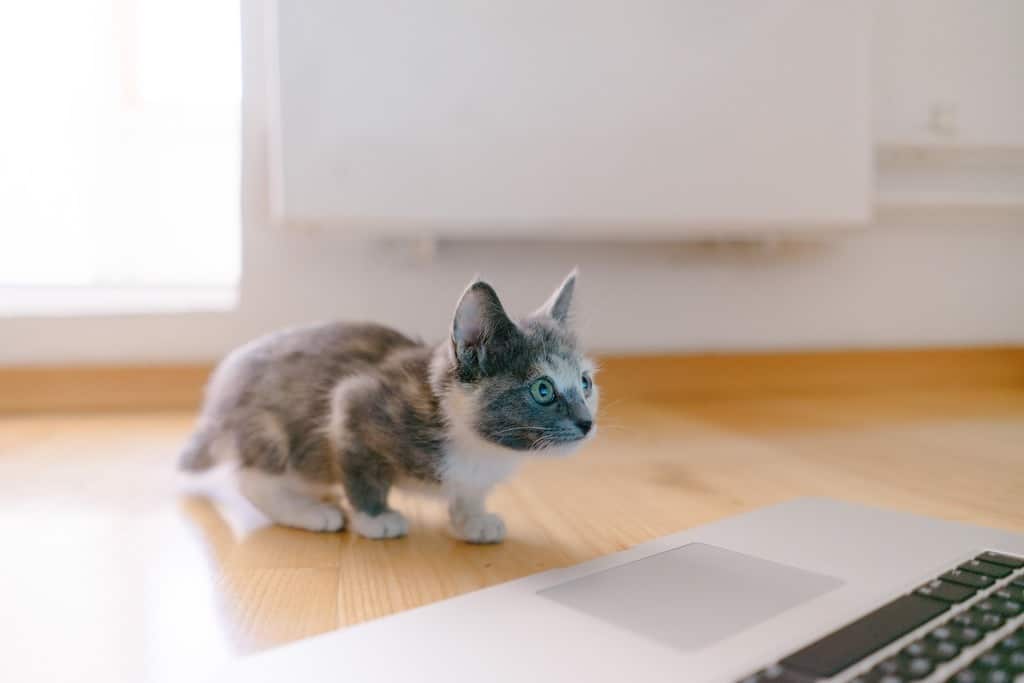Compared to dogs, house training a cat can be a relatively easy task. Kittens are quick to adapt to a pattern of routine and new surroundings, as opposed to puppies that may require more work to get them house trained. Learning how to house train a cat for the first time is not a difficult process. However, there are a few common misconceptions about what to do when house training cats. If you’ve recently adopted a new kitten or stray cat or even if you’re new to cats in general, read on as Reveal discusses the best ways to train a house cat.
House training a cat: what not to do
Learning how to house train a cat for the first time is not a difficult process. However, there are a few common misconceptions about what to do when house training cats.


